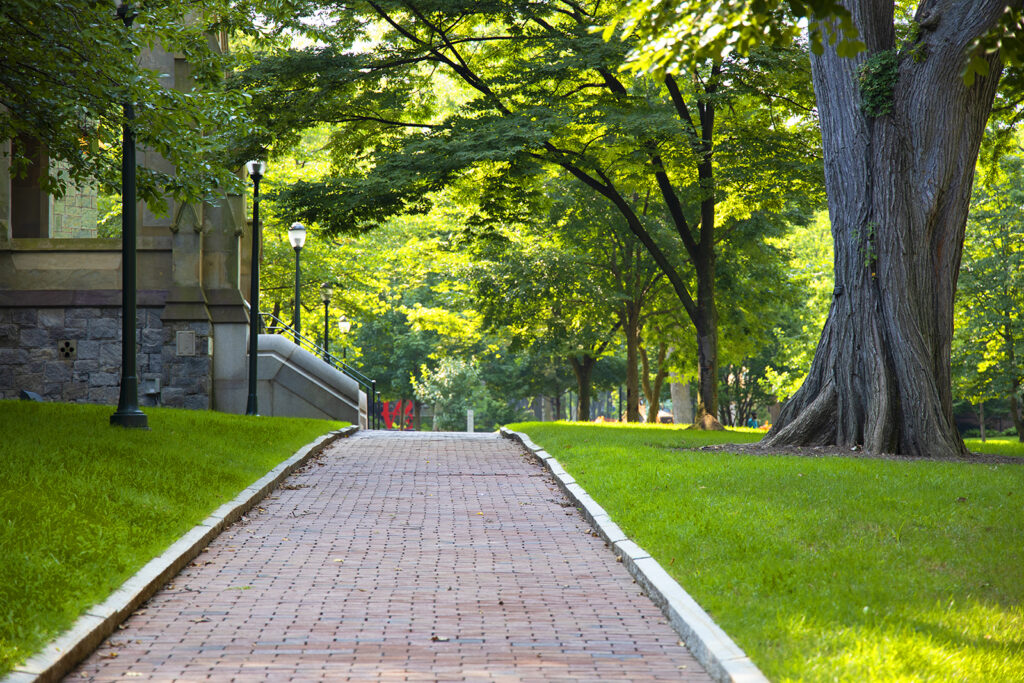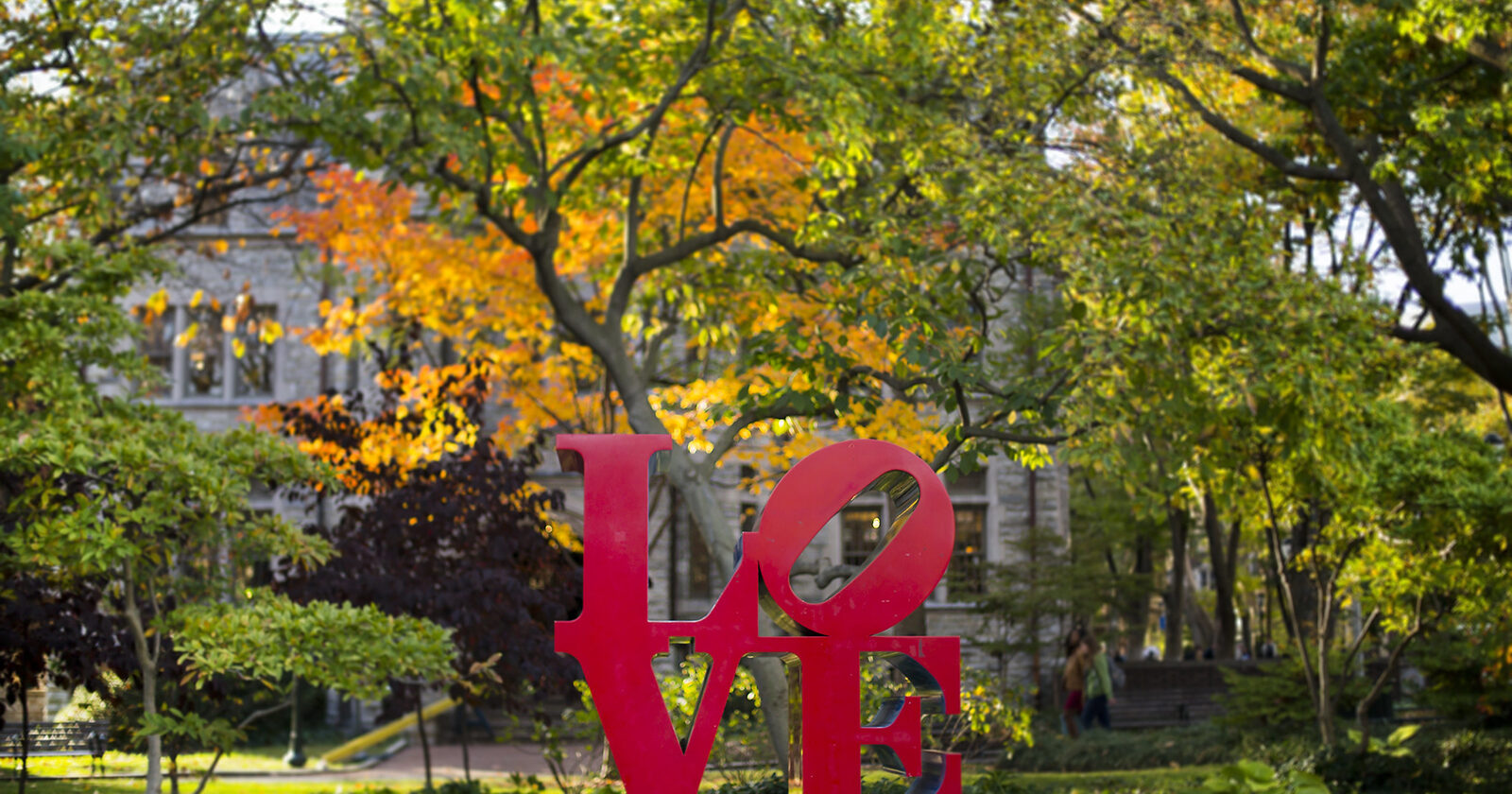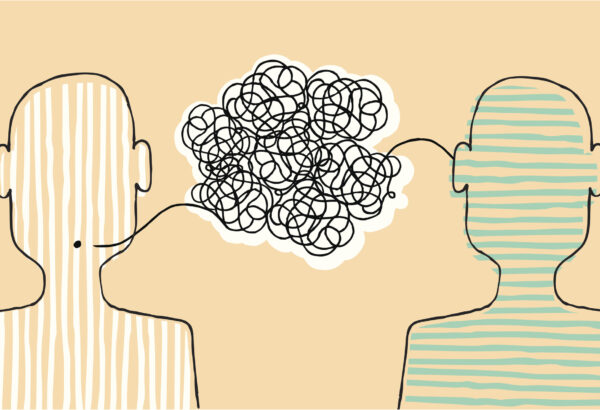“Grassroots, Student-Driven Effort”
That is the approach Jackson Maxwell ’21, Emma Francis ’22, Meg Gladieux ’23, and Lena Hansen ’23, took as they decided to research Penn and make some suggestions in the wellness space. By taking a collaborative approach, consulting student, faculty and staff partners, they were able to lead an effort to create the SCUE Wellness Bright Paper which makes some concrete and tangible suggestions to improve the lives of students at Penn. They are disseminating the report widely around the Penn community including, Wellness at Penn, SNF Paideia Program, and the Faculty Senate.
One of the Bright Paper’s main suggestions for programming in the wellness space is to: “Be integrative not additive.” Jackson Maxwell, who will be attending NYU law in the fall, explains it this way, “The major motivation behind this project was the observation—as explained in more detail in my Daily Pennsylvanian op-ed—that while Penn has an abundance of wellness resources available for students to use, many of them do not align with students’ schedules and incentive structures. This makes it a burden for students to engage in wellness, leading to underutilization of resources. Our focus with this project was thus to find ways to align wellness more closely with students’ schedules and incentive structures and, consequently, integrate wellness into students’ daily lives.” In essence, the report urges the Penn community to find ways to integrate wellness into already existing structures, so students do not feel so overwhelmed by programmatic offerings that they just opt out of them.
Being intentional about wellness helps both individuals and community systems. SNF Paideia Student Advisory Board member, Emma Francis, connects the practice of wellness to both service and citizenship. She says, “Wellness is the key to a successful community. Wellness not only impacts the Penn student body but also the greater Philadelphia community; it is important to remember that we cannot truly support a group until we are fully mentally healthy. We can do no good for others if we cannot do good for ourselves.” Francis underscores how much attentiveness to wellness impacts our relationship with others.
Meg Gladieux, a junior in the College studying Cognitive Science, French, and Francophone Studies, is interested in wellness for its wide-reaching impact. Says Gladieux, “I think it’s vital for the Penn community to pay attention to student wellness because the reality is that our college experiences are supposed to prepare us for our lives after university. Penn prepares us to go into competitive, prestigious, and often stressful career fields — just as we should have the tools to deal with the stresses of being an undergraduate at Penn, we should also be preparing for our wellbeing in the future. The role of the university is to teach us how to be effective and contributive members of society — part of that is knowing how to maintain our own personal wellness.”
SNF Paideia recognizes that individual and community wellness are integral to the healthy functioning of democratic society. Being attuned to our social and intellectual wellbeing shapes the way we engage as citizens in robust dialogue and the way we authentically serve our communities. These encounters can influence individual feelings of wellbeing and the social health of the various communities of which we are a part. Attending to wellness can be a potential contributor to, outcome of, and strategy for effective dialogue, service, and active citizenship. Thoughtful, engaged citizenship calls for the integration and awareness of our whole selves to offer complex responses to the dynamic issues of our time. This grounds our wellness efforts and helps us integrate wellness into our courses, workshops, and collaborations with students, faculty, and staff.
Being part of the SCUE committee on Wellness and creating the Wellness Bright Paper was a way to create actionable change, an idea that resonates with Gladieux. She explains, “In an environment like Penn, there is so much emphasis on achievement and being ahead that sometimes we lose sight of taking care of ourselves. If we don’t systematically try to change that culture and put structures in place to help improve wellness at Penn, we aren’t going to see changes in the mental health of our campus community. I don’t think it’s enough to just “talk” about mental health and wellness. We actually have to take action to make changes that will improve our ability to maintain our wellness when we’re operating in a university setting.”
Maxwell, Gladieux, and their committee demonstrate how this could be done through three main suggestions, integrating wellness into academics through a wellness minor, integrating wellness into faculty training through the Wellness Ambassador program and integrating wellness into residential life. Within each of these suggestions is a thorough analysis from the student perspective of how this could be directly implemented and why it matters. 
The SCUE Wellness Bright Paper also represents a variety of student voices. According to Maxwell, “Working on this Bright Paper was definitely a challenging process, especially since we were working with over a dozen different student wellness leaders. However, I think that the quantity and quality of student-centered perspectives we gained through this collaborative process is what makes this paper unique. It was truly a grassroots, student-driven effort.”
Adds Gladieux “I think our Bright Paper offers a multidimensional approach to wellness that doesn’t silo the issue into any one thing. It’s not just access to mental health resources, improved academic policies, or more wellness programming. It’s all of that together as well as a radical shift in the mindset of what it means to take care of one’s personal wellness. A multi-faceted problem requires a multi-faceted solution. Working collaboratively allowed us to approach the problem from multiple perspectives.”
Engineering Students Research Student Wellness
The spring semester also let to another fruitful partnership between Dr. James Won’s ESE 543 Human Systems Engineering course and the SNF Paideia program. Using the same prompt from the fall semester, two student groups worked on projects that tackled different conceptual dimensions. One group, comprised of graduate Engineering students, Bing qing Lui, Shuhan Lui, Weibo Teng, Yuzheng Wu and Rui Zhang surveyed the international student community to study how remote learning influenced student wellbeing during the pandemic.
The other group comprised of Eleanor Cohen ’21, Kate Oppenheim ’21, Margo Squire ’22, Parth Daga ’22, Trevor Pennypacker ’21 and Angela Yang ‘21 decided to create a “Wellness Menu” of practices that faculty can insert into their syllabi to signal their care and concern for student wellbeing. This group surveyed a large sample of Penn undergrads across the four undergraduate schools to design a menu that best fit the preferences of the undergraduates surveyed. They found that among their peers there was a great deal of enthusiasm for wellness practices. While eager to work hard and perform well in classes, students are both aware and appreciative of faculty acknowledgment of their humanity. Attunement to wellness is one powerful way to communicate care to students.
To these students researching and leading in the wellness space at Penn, collaboration is one of the key components. They are cognizant that complex problems require multi-faceted and collaborative solutions with many different Penn citizens engaging in the effort.
Meg Gladieux acknowledges, “This Bright Paper is only a small step to improving wellness at Penn. It must be an ongoing conversation. I think that as we transition to a new phase of the pandemic, we’re going to be encountering completely new challenges to our wellness and mental health. There aren’t any blanket solutions to the problem and it’s not just something that can be implemented at the university level — it has to be something that we mutually decide as a campus community that we want to prioritize.”
Adds Jackson Maxwell, “I think it’s necessary for the Penn community to pay attention to student wellness because it’s worth it. In addition to the well-documented benefits that wellness-focused activities such as meditation, exercise, and self-reflection can provide to students at an individual level, students who seriously engage with wellness can share their knowledge, enthusiasm, and positive attitudes with other students, helping shape the wider Penn community into a happier and healthier place….If any professors or administrators are interested in working with us, please email Emma Francis at emmafran@sas.upenn.edu!”
As I think about returning to campus in the upcoming weeks, I am deeply encouraged by these student leaders. Their courage and willingness to take on these issues with intellectual humility and empathy bring me hope. Further, their service to Penn is demonstrative of what it means to be an exemplary Penn citizen.





